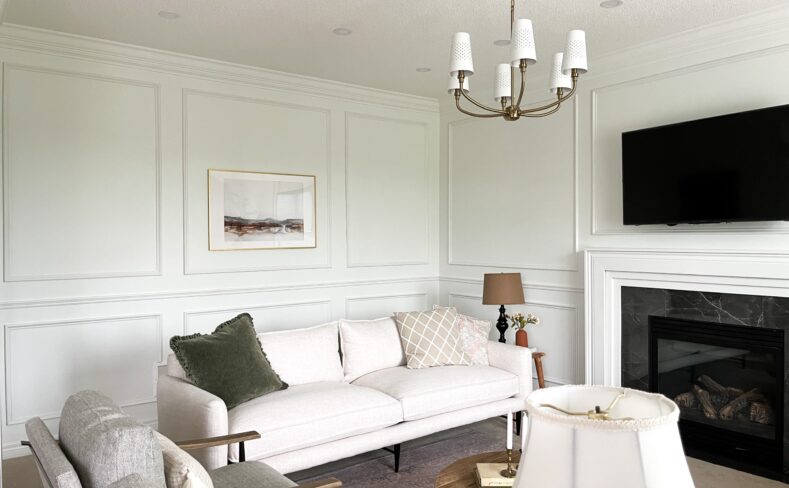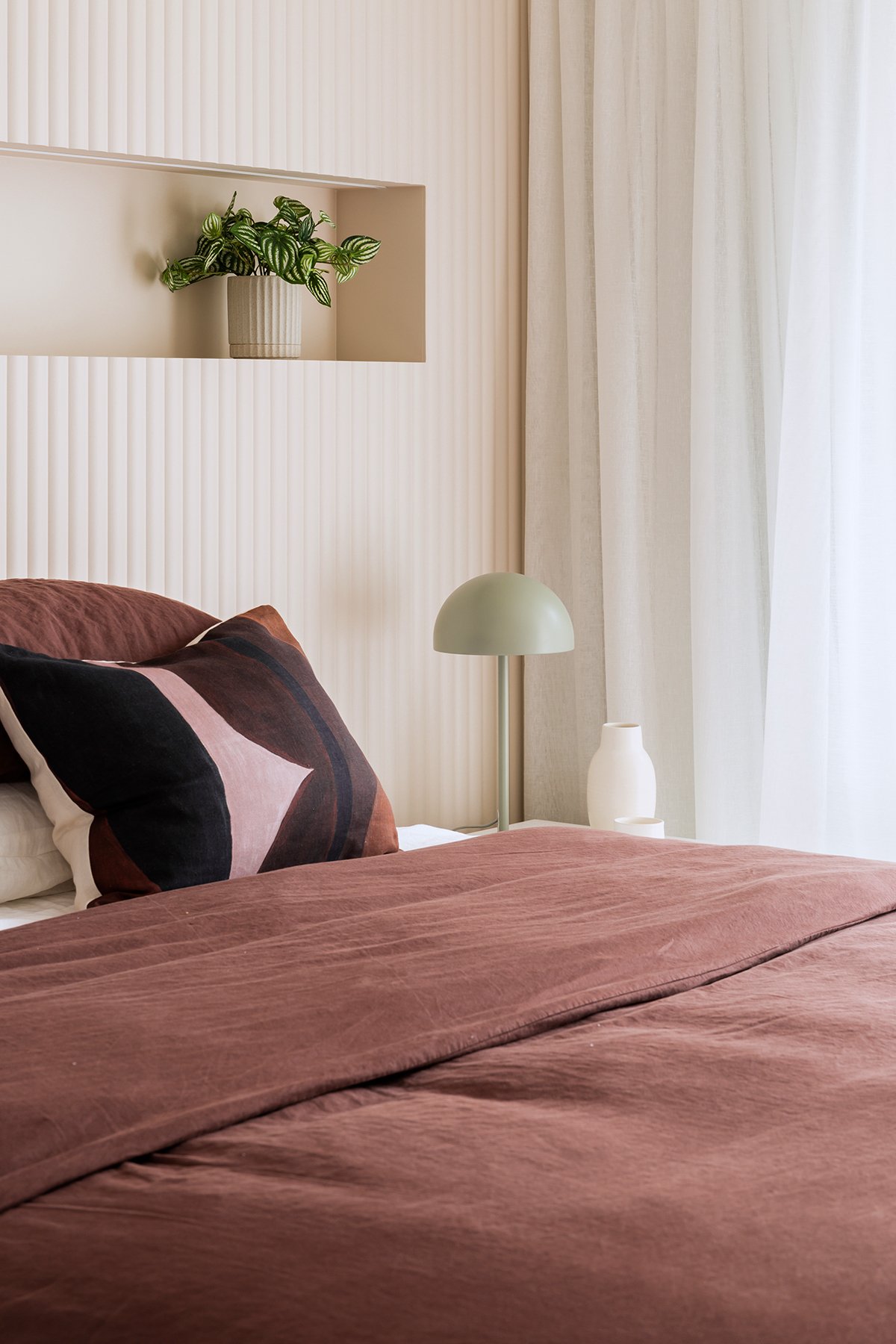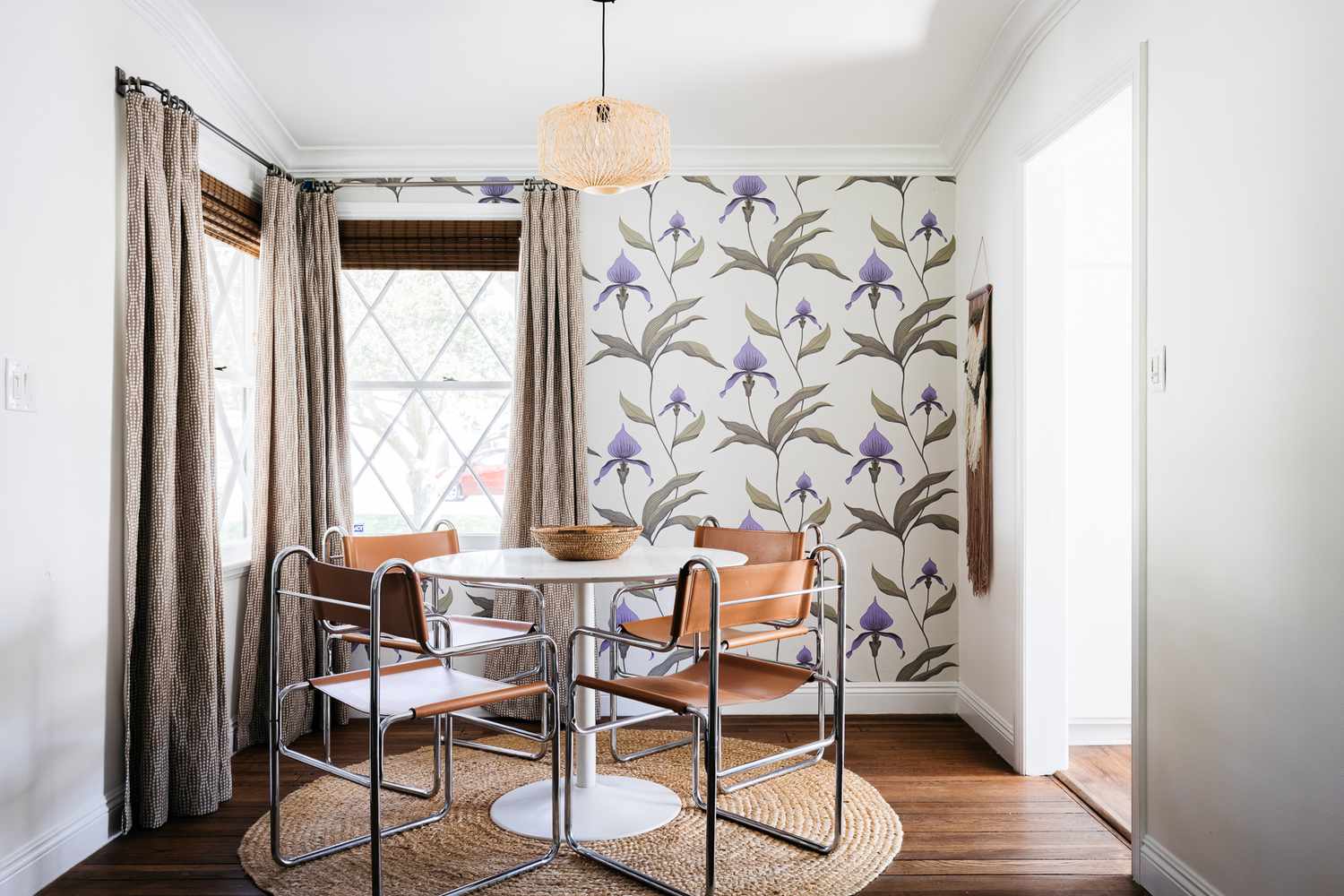
Wall Panel Comparison Guide: MDF vs. WPC vs. Solid Wood vs. VJ
As home decoration becomes more and more important, choosing the right wall panel material becomes an important consideration. There are many different types of wall panel materials available on the market, including medium density fiberboard (MDF), wood plastic composite (WPC), solid wood wall panels, and VJ wall panels. Each material has its own unique characteristics and applicable scenarios, so there are many aspects to consider when choosing.
In this article, we will compare MDF, WPC, solid wood and VJ wall panels and explore their differences in material composition, water resistance, durability, processing performance and applicable decoration styles to help you make a better choice of a siding material that suits your needs.
Related Articles
Comparison of PVC Wall Panel and VJ Panel
About the Knowledge of the WPC Wall Panel—Ultimate Guide
How to Choose Suitable WPC Wall Panels?
I. Introduction to MDF, WPC, solid wood and VJ wall panels
– Solid Wood Wall Panel
One type of wall panel material utilized for interior decoration is solid wood. It is constructed from solid wood that has typically been carved, planed, and polished. These woods can be chosen based on individual preferences and decorative demands. They are often from a variety of tree species, including pine, oak, birch, walnut, etc.
The benefits of solid wood wall panels are its inherent beauty, robustness, ability to protect the environment, and excellent ornamental qualities. It should be noted, nevertheless, that solid wood wall panels can also have some possible drawbacks, such as being more expensive, requiring more work to install, being easily wet, deforming and discoloring, etc. In addition, frequent care is necessary to preserve the functionality and beauty of solid wood wall panael.
– VJ Wall Panel
A wooden board called a VJ Board is used to decorate interior spaces. “Vertical Joint” (abbreviated as VJ) refers to the way that this type of wooden board is joined together during installation via vertical joints.
VJ boards typically have a smooth surface, vertical stripes, and are constructed of solid or synthetic wood. They can be applied to walls, ceilings, columns, and other surfaces to improve a space’s aesthetic appeal and decoration.
Apart from conventional hues and textures, contemporary VJ boards often showcase inventive design elements. In order to produce more varied and distinctive VJ board effects, designers and producers started experimenting with various cutting, engraving, and embossing techniques. As a result, VJ panels may accommodate a greater variety of interior design motifs and satisfy various client demands.

– Medium Density Fiberboard (MDF) Wall Panel
Density board, the full name of density fiberboard, is a board made of wood fiber or other plant fibers as raw materials, prepared from fibers, applied with synthetic resin, and pressed under conditions of heating and pressure.
According to its density, it can be divided into high density fiberboard, medium density fiberboard and low density fiberboard. Among them, the nominal density range of medium density fiberboard is 650Kg/m³~800Kg/m³.
MDF is made from wood fibers, resins and waxes and is compressed under high pressure and temperature to form a smooth, uniform sheet. It is a material used in furniture, cabinets, etc.
– Wood-Plastic Composites (WPC) Wall Panel
WPC is a combination of wood fiber and plastic, which stands for Wood-Plastic Composites (WPC). It is a new type of composite material that has been booming in recent years.
Composites consisting of wood powder or wood fiber with thermoplastics like polyvinyl chloride (PVC), polypropylene (PP), polyethylene (PE), or polylactic acid (PLA) can be referred to as wood-plastic composites. To create novel wood materials, commonly used resin adhesives are combined with over 50% waste plant fibers, such as wood powder, rice husks, and straw. These materials are then processed using plastic processing techniques like injection molding, molding, and extrusion to create plates or profiles.
WPC is mainly used in building materials, furniture, logistics packaging and other industries. A board that is hot-extruded after mixing plastic and wood powder in a certain proportion is called an extruded wood-plastic composite board.
II. Comparison of the differences between MDF, WPC, solid wood and VJ wall panels
MDF vs. WPC vs. Solid Wood vs. VJ Wall Panel
Items |
Medium Density Fiberboard |
Wood Plastic Composite |
Solid Wood Wall Panel |
VJ Wall Panel |
Material |
Medium density fiberboard (MDF) is composed of wood fibers and synthetic resin adhesives, processed through high temperature and pressure. | Wood plastic composite (WPC) is a composite material made of wood fibers and plastic resin. | Solid wood wall panels are made from natural solid wood planks from a variety of tree species. It can be a solid wooden board or a multi-layered structure. | Synthetic materials like MDF or PVC are typically used to make VJ wall panels. To resemble classic wood planks, their surfaces are constructed with V-joints. |
Look and Style |
The MDF surface presents a wood-like texture effect. This wood grain texture can simulate a variety of different wood species, giving it a more natural look. | WPC can be given a colorful appearance by adding different colors of pigments or color mixtures. | Each solid wood wall panel is unique and has a real wood feel. They have an inherent beauty and go well with warm, traditional, and classical décor designs. | Although VJ wall panel is intended to resemble actual wood planks, it frequently lacks the texture of genuine wood. It works well for various decorating projects in a traditional or retro design. |
Application |
MDF is widely used in making furniture, kitchen cabinets, etc. | WPC is widely used to develop deck floors outside homes. | Solid wood wall panels are suitable for living rooms, dining rooms, bedrooms, etc. They are not suitable for humid environments. | In places like kitchens, baths, and laundry rooms where waterproofing is necessary, VJ wall panels are frequently utilized. |
Coating Application |
Paint can be applied directly to the surface of MDF. | You will need to apply putty to the edges of the WPC before applying paint. | Paint can be applied directly to the surface of solid wood wall panels. | Paint can be applied directly to the surface of VJ wall panels. |
Lamination |
The manufacturing process of MDF does not involve a lamination process, but is made by mixing wood fibers and adhesives and heat-pressing them. | WPC (Wood Plastic Composite) wall panels are typically not made through a lamination process, but rather through an extrusion molding process. | Through the lamination process, the structure of solid wood wall panels is strengthened to avoid problems such as deformation and cracking in humid or dry environments. | Through the lamination process, the structure of VJ wall panels has been strengthened to avoid problems such as deformation and cracking during use. |
Type |
Density boards include ultra-light density boards, fire-resistant radiation boards and moisture-proof boards. | WPC has no types. | Solid wood wall panel comes in different types due to the wood they are made from. | VJ wall panels come in different types depending on the material they are made of. |
Durability |
MDF is less resistant to moisture and rot and may require regular maintenance. | WPC wall panel is extremely durable and weather-resistant, making it ideal for outdoor use or wet areas. | Solid wood wall panels have high hardness, stability, moisture resistance and anti-corrosion properties to withstand daily wear and tear. | Due to the production process and material characteristics of VJ wall panels, there may be a risk of expansion or deformation in humid environments. |
Waterproof |
Medium density fiberboard (MDF) is not a waterproof material and its resistance to moisture is relatively low. | Because WPC contains plastic components, it has better moisture resistance than pure wood. | The water resistance of solid wood wall panels is relatively poor because solid wood itself is prone to moisture and water absorption. | VJ wall panels are usually made of MDF or other wood composite materials, which generally have poor water resistance. |
Installation Method |
Apply evenly construction glue or woodworking glue to the wall or other installation location, and then attach the MDF board to the glue in the predetermined position. | Use glue, nails, screws and other tools to install the WPC wall panels on the wall. Make sure the wall panels are level and plumb, using a level and plummet for alignment. | It takes more expertise to install solid wood wall panel, particularly when dealing with diverse wood textures and seams. Usually, screws or nails are required to secure them to the wall. | The installation method of VJ wall panels is usually to connect the panels vertically to form an overall surface, thus showing longitudinal lines and textures. |
Price |
In North America, average-sized MDF boards (such as 3/4-inch thick) typically cost between about $1 and $2 per square foot. | In North America, average-sized WPC boards (e.g., 1-inch thick) typically cost between about $3 and $5 per square foot. | Depending on the kind and quality of wood chosen, solid wood wall panel is typically more expensive because it uses natural wood. | Due to their cheap use of synthetic materials, VJ wall panels are typically rather inexpensive. |
III. What styles are suitable for MDF, WPC, solid wood and VJ wall panels?
Different types of wall panel materials are suitable for different decoration styles and design needs. The following are some recommendations for decoration styles of MDF, WPC, solid wood and VJ wall panels:
1. MDF Wall Panel
Suitable for modern and traditional styles: MDF wall panels can be painted, carved or matched with different decorative elements to create a modern minimalist or traditional classic decorative effect.
– Custom design
MDF wall panels are easy to process and carve, and are suitable for custom designs. Various patterns and shapes can be customized according to personal preferences and decoration styles.
2. WPC (Wood Plastic Composite Material) Wall Panel
Suitable for outdoor and modern styles: Due to its better waterproof performance and durability, WPC wall panels are often used in outdoor environments or modern-style interior decoration, such as balconies, garden walls or modern-style living rooms and bedrooms.
– Natural wood grain effect
WPC wall panels often have a wood-grain effect, which can add a natural and cozy feel to indoor spaces.

3. Solid wood wall panels
Suitable for classic and retro styles: Solid wood wall panels retain the texture and color of natural wood and are suitable for classic and retro style decorations, such as country style, French style or traditional European style.
– Natural texture
Solid wood wall panels have a unique natural texture and warmth, which can create a natural and comfortable atmosphere for the space.
4. VJ wall panel
Suitable for retro and marine styles: VJ wall panels are often used in retro or marine style decorations, such as retro-style dining rooms, living rooms or beach houses, creating a retro and fashionable decorative effect through V-shaped groove design.
– Create a three-dimensional feel
The three-dimensional groove design of VJ wall panels can increase the three-dimensional sense of the space and make the wall more layered and decorative.
IV. Conclusion
In general, MDF, WPC, solid wood and VJ wall panels have their own characteristics and are suitable for different decoration styles and design needs. When choosing wall panel materials, comprehensive considerations need to be made based on the decoration style, environmental conditions and personal preferences to achieve the ideal decoration effect. If you have any questions about choosing wall panels, please feel free to contact us!
Quick Quotation



